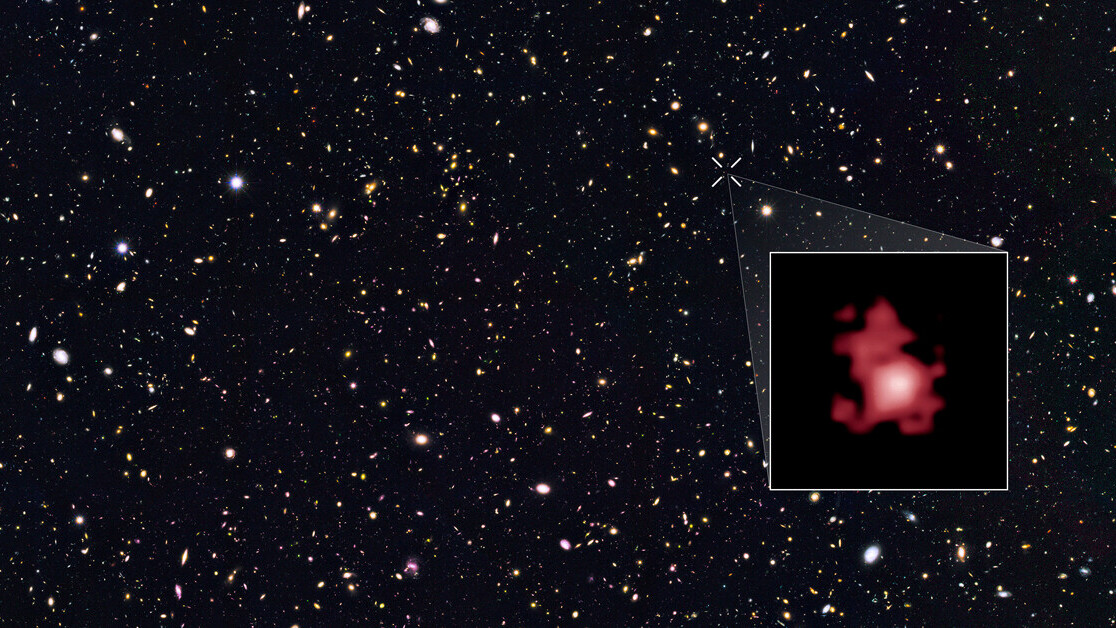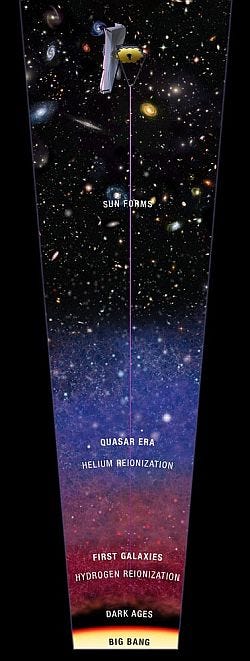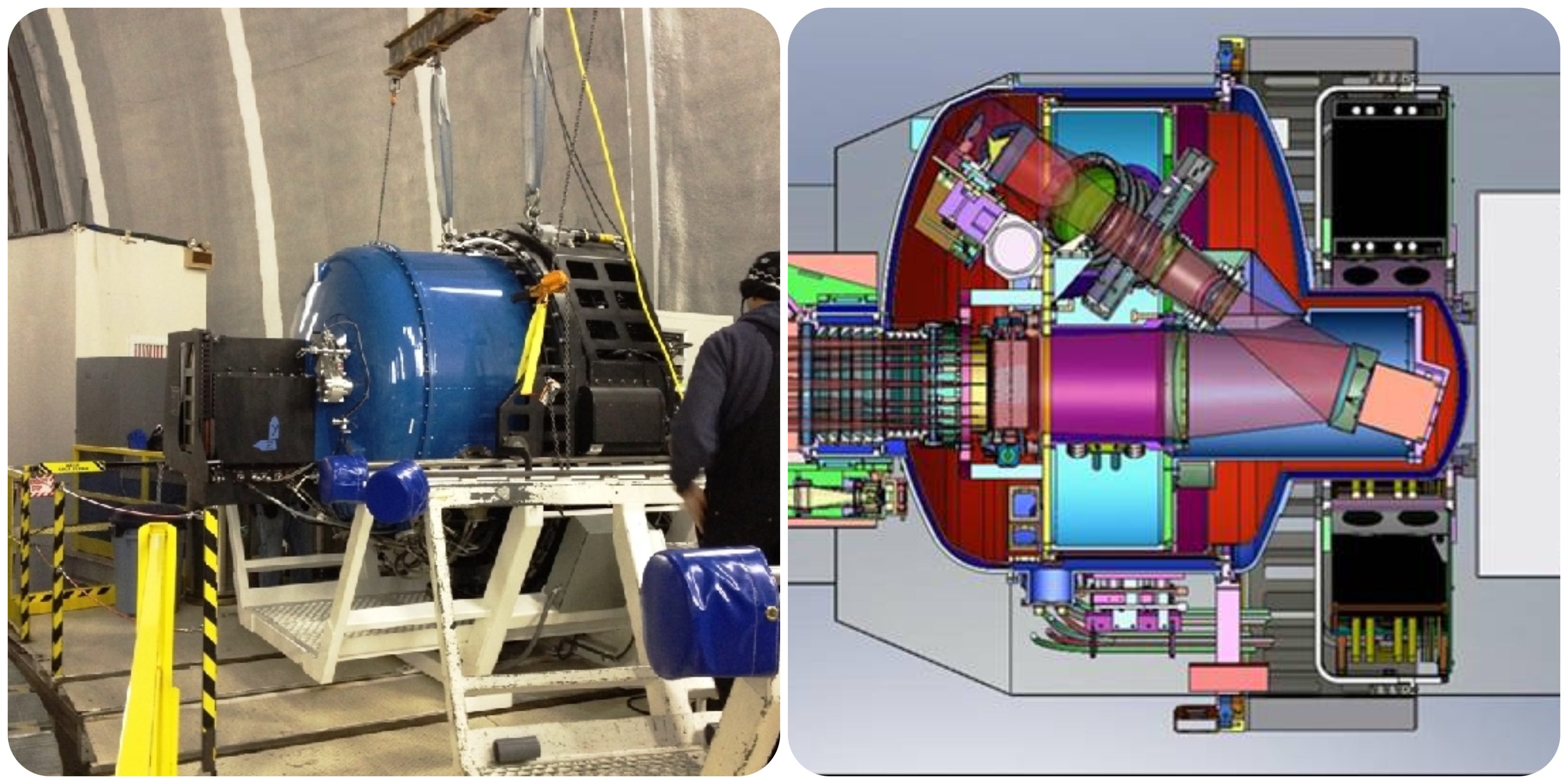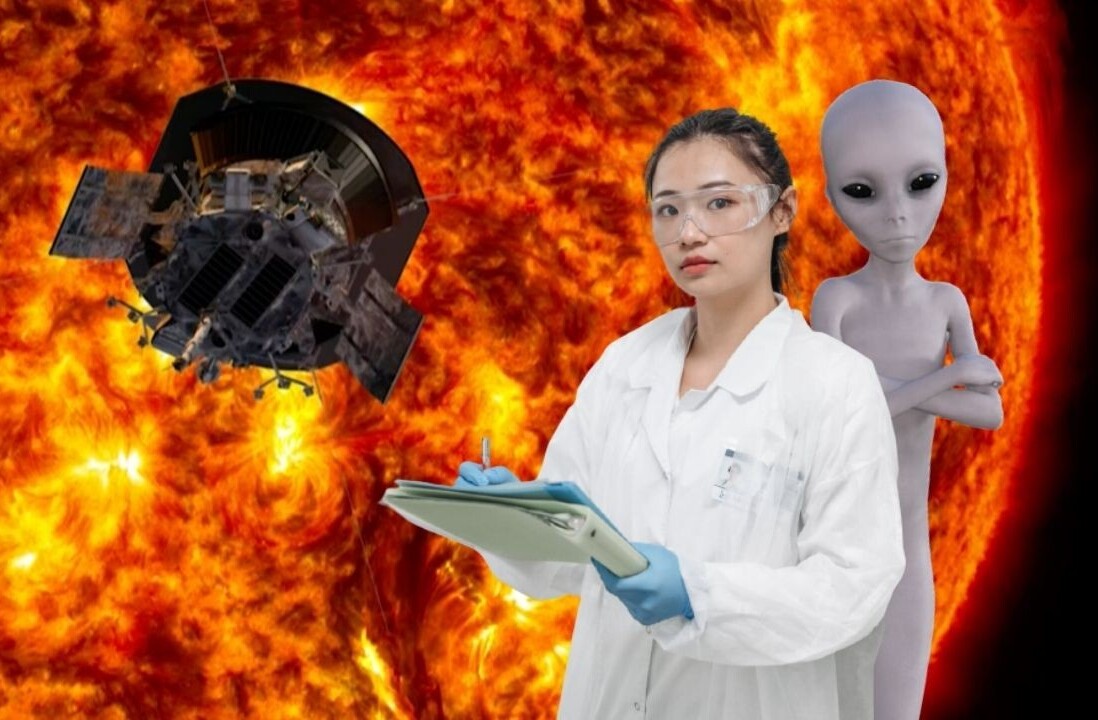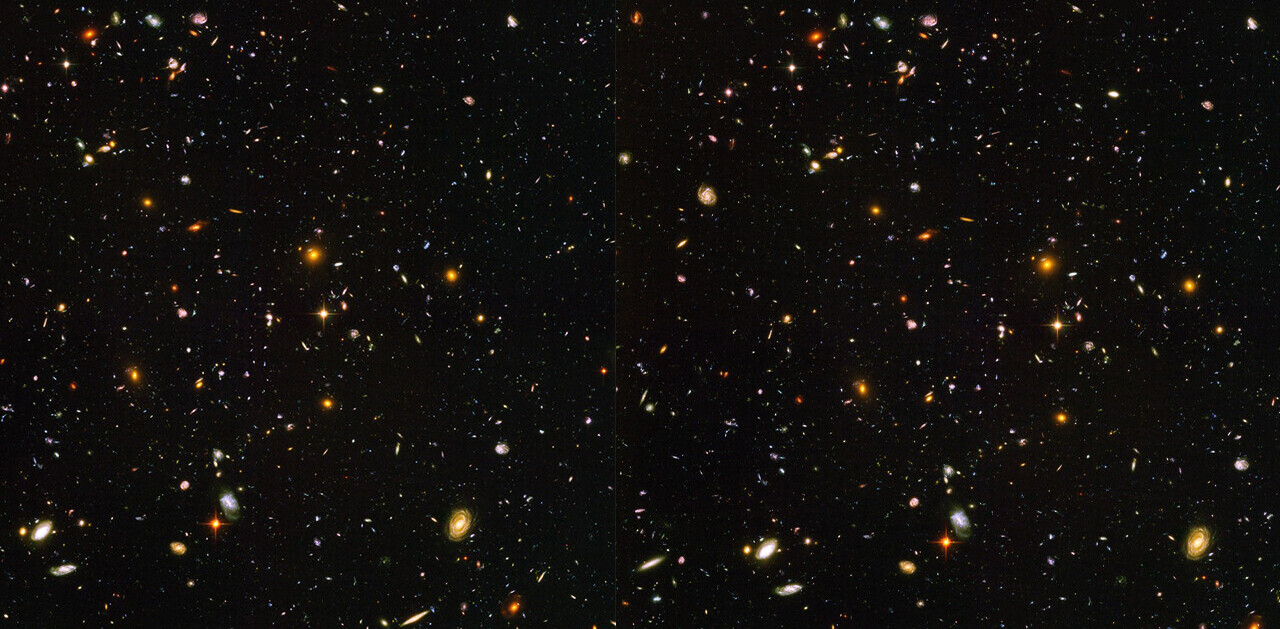As astronomers look deep into space, they also see far back in time. Now, astronomers at the University of Tokyo may have found the oldest, most distant galaxy ever seen. These observations come close to revealing conditions in the Universe when the first observable light spread throughout the Cosmos.
The ancient galaxy GN-z11 likely formed just 420 million years after the Big Bang, when the Universe was just 3% as old as it is today. Such an age would place this family of stars near the edge of the observable Universe. This galaxy formed at the dawn of the era of reionization when light first filled the Cosmos.
A long time ago, there was a galaxy far, far away…
The galaxy GM-z11 was first seen in March 2016, and astronomers immediately recognized it as one of the oldest galaxies ever seen. However, this new study refines the age of this distant object, revealing its extreme age and distance.
“From previous studies, the galaxy GN-z11 seems to be the farthest detectable galaxy from us, at 13.4 billion light years, or 134 nonillion kilometers (that’s 134 followed by 30 zeros). But measuring and verifying such a distance is not an easy task,” said Professor Nobunari Kashikawa from the Department of Astronomy at the University of Tokyo.
At extreme distances like those used in studying galaxies, astronomers often speak in terms of the redshift of a target, denoted with the letter z. This new study reveals GN-z11 has a redshift value around z=11, the highest shift (and therefore, the greatest distance) ever seen.
Analysis of this ancient family of stars reveals a few properties of this nascent galaxy.
“GN-z11 is luminous and young, yet moderately massive, implying a rapid build-up of stellar mass in the past,” researchers describe in an article detailing their work, published in the journal Nature Astronomy.
It’s not polite to ask a galaxy its age…
Chemical signatures can be seen in the spectra of an object, revealing the composition of a distant target. These can be seen in one of two ways. The first of these, emission lines, are bright lines caused by the release of photons from atoms. The second type of these features, absorption lines, are dark, the result of photons being absorbed by atoms, when light passes through a gas.
When light from distant bodies is broken up into its component colors, these emission lines shift to the red end of the spectrum. This is known as a red shift.
The most distant an object is from us, the faster it is seen to be receding, producing a greater red shift. Therefore, by measuring the red shift of a target galaxies, astronomers are able to calculate its distance from Earth.
“We looked at ultraviolet light specifically, as that is the area of the electromagnetic spectrum we expected to find the redshifted chemical signatures. The Hubble Space Telescope detected the signature multiple times in the spectrum of GN-z11. However, even the Hubble cannot resolve ultraviolet emission lines to the degree we needed. So we turned to a more up-to-date ground-based spectrograph, an instrument to measure emission lines, called MOSFIRE, which is mounted to the Keck I telescope in Hawaii.” said Kashikawa.
MOSFIRE was able to determine the red shift of emission lines from GN-z11 at a detail 100 times greater than ever before. If future observations confirm the distance found in this study, than GN-z11 is the most distant galaxy ever seen in the Cosmos.
“Its remote position puts GN-z11 at the beginning of the reionization era. In this period starlight from the first galaxies started to heat and lift the fog of cold hydrogen gas filling the Universe. The previous record-holding galaxy was seen in the middle of this epoch, about 150 million years later,” NASA reports. In the video above, take a look at the Keck Observatory, from 2015. (Video credit: Keck Observatory)
Researchers also found an unexpected sight while studying GN-z11 — a bright flash of ultraviolet light from the distant galaxy.
“In the optical sky, minutes-duration transients from cosmological distances are rare. Known objects that give rise to such transients include gamma-ray bursts (GRBs), the most luminous explosions in the Universe… These high-redshift GRBs and their associated emission can be used to probe the star formation and reionization history in the era of cosmic dawn,” researchers describe in Nature Astronomy.
Although this flash was likely the result of a GRB, astronomers are unable to confirm that analysis from ultraviolet data alone. However, the team was able to eliminate nearly any other possibility for the observation.
Future instruments and observations, including the James Webb Space Telescope, could reveal the progenitors of galaxies like GN-z11, emitting some of the oldest light in the Universe. This would suggest GRBs were taking place just 420 million years after the Big Bang.
Due to the expansion of the Universe, light from this body traveled a distance of 32 billion light years to reach us, although GN-z11 is just 13.4 billion years old.
Now THAT is far out!
This article was originally published on The Cosmic Companion by James Maynard, founder and publisher of The Cosmic Companion. He is a New England native turned desert rat in Tucson, where he lives with his lovely wife, Nicole, and Max the Cat. You can read this original piece here.
Astronomy News with The Cosmic Companion is also available as a weekly podcast, carried on all major podcast providers. Tune in every Tuesday for updates on the latest astronomy news, and interviews with astronomers and other researchers working to uncover the nature of the Universe.
Get the TNW newsletter
Get the most important tech news in your inbox each week.
